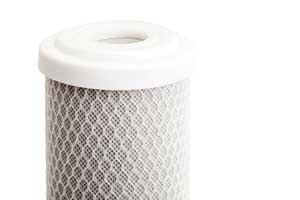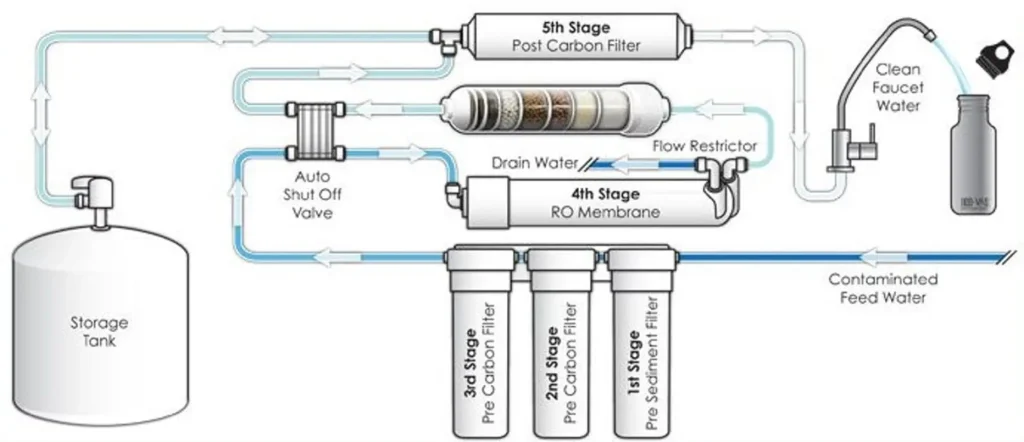Homeowners concerned about the purity and safety of their drinking water in the Duluth and Hastings areas know that water filtration systems are the solution. However, when they begin to research their options, it quickly becomes apparent that there is a lot to learn before selecting the best system for your home and loved ones. The team at Paul Bunyan Plumbing And Drains offers many options to meet your needs and fit your household budget such as carbon Filter and reverse osmosis.
THE BENEFITS AND FUNCTION OF A CARBON FILTER
Carbon filtration has been in use for a very long time. It offers many affordable options for water purification, from the base level filter that uses carbon gravel to block form or activated carbon. The primary gravel filter uses the same material you would find at an aquarium store to filter out chlorine. These filters are similar to those on a refrigerator or a cartridge filter that comes with a pitcher to filter water in small amounts for drinking. Carbon filters remove up to 99.99% of all chlorine, resulting in better tasting and smelling water.

WHAT CARBON REMOVES
For a better illustration, here are the benefits of a carbon filter:
- It improves the taste and odor of water
- It reduces the turbidity
- It removes organic compounds, chlorine, and THMs
- It helps control bacteria growth
- It removes some cysts, parasites, and heavy metals
THE BENEFITS AND FUNCTION OF REVERSE OSMOSIS
Reverse osmosis is a filtration process that uses a thin membrane. The complete filtration process involves three steps, including the pre-filter, membrane filter, and a carbon filter. In addition, other functions can often be added to eliminate arsenic, adjust pH, and eliminate viruses.
WHAT REVERSE OSMOSIS OFFERS
The reverse osmosis system, which includes a carbon filter stage, removes all of the same contaminants as a single carbon filter, including the items that the carbon filter only partially removes or improves. In addition, it can also remove:
- Viruses
- Arsenic
- Dissolved solids
- Fluoride
THE NUMERIC DIFFERENCE
When you are evaluating filtration, it comes down to numbers. In this case, the critical number is the measurement of the size of the items each filtration process eliminates. The measurement used for these tiny particles is microns. Carbon filters are rated at NSF Class 1, meaning they remove 85% of the particles .5 to 1 micron in size. A reverse osmosis system removes particles to .001 microns. So the filtration effort by a reverse osmosis system is around 500 times that of a carbon system.
MAKING YOUR SELECTION
There is a lot to consider when choosing a water filtration system for your home, including :
- The installation requirements, size, and capacity of the system
- Your needs for filtration
- The budget for the system
- Point of use vs. whole house filtration
- System maintenance requirements
- System operating cost
The team of water purity experts at Paul Bunyan is here to discuss all of your needs and explain your options for quality water filtration for your home. We offer several options and professional installation and service. Call 612-340-1444 today to schedule your in-home appointment.


